Bee List Stars
Did you know that around 70% of native flora in Southeast Asian lowland forests depend on bee pollination?
Bees are also key players for forest health and connectivity as they carry pollen over different forest patches, ensuring the genetic diversity for a host of tropical tree species. In addition, bees pollinate the majority of our food crops, including Sponge Gourd (Luffa cylindrica), Cashew (Anacardium occidentale) and Tomato (Lycopersicon esculentum).
The bees you find in Singapore are incredibly diverse, with around 120 species found in habitats ranging from forests to rooftop gardens. You can help them by planting their favourite plants and reducing pesticide use in your garden.
Learn to identify five common bees that you may find in your garden and appreciate these bee-utiful bee-zy friends better:
1. Asian Honey Bee
The most common species of bee in Singapore, the Asian Honey Bee (Apis cerana) can be reared in a box to produce honey and beeswax. A generalist pollinator, it favours open flowers with lots of nectar and pollen, like the Honolulu Creeper (Antigononleptopus), Sunflower (Helianthus annuus), and False Heather (Cupheahyssopifolia).
Distinctive characteristics
• Brownish-grey body
• Orange and dark brown banding on abdomen
• The hive takes the form of multiple combs in cavities, for example tree holes
2. Smooth-headed Stingless Bee
The most common stingless bee species in Singapore, the Smooth-headed Stingless Bee (Tetragonula laeviceps) forms hives in cavities with a queen and many workers. It produces and stores honey in pot-like structures that are made from a mixture of mostly plant resin and some beeswax. This generalist pollinator visits both small and large flowers, like the Pucok Merah (Leea rubra), Red Fox (Celosia argentea) and Red Powder Puff (Calliandra haematocephala).
Distinctive characteristics
• Very tiny (About 3 mm in length)
• Black head and body with a chestnut brown abdomen
• Tends to hover with its legs hanging in flight
3. Broad-handed Carpenter Bee
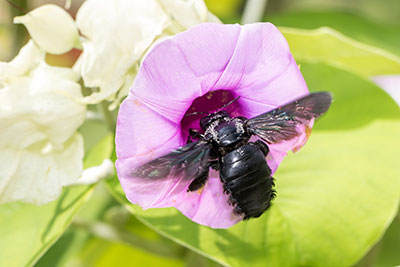
At about 30 mm in length, the Broad-handed Carpenter Bee (Xylocopa latipes) is the largest bee in Singapore and is commonly seen in urban areas. It excavates holes in dead wood to make its nests and often leaves a small pile of sawdust behind, hence its name. This buzz pollinator can regularly be found at large tubular flowers like the Blue Trumpet Vine (Thunbergia grandiflora) Elephant Climber (Argyreia nervosa), and Crepe Ginger (Cheilocostus speciosus).
Distinctive characteristics
• Completely black in colour
• Relatively loud, buzzing flight
4. Broad-headed Leafcutter Bee
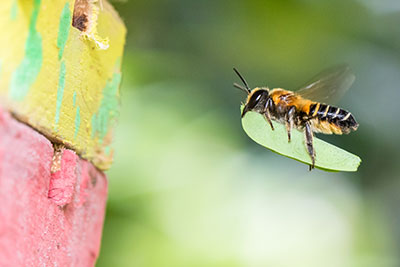
The Broad-headed Leafcutter Bee (Megachile laticeps) lines cavities for nesting with leaf discs cut from plants such as the Rose (Rosaspp.) and Petai Laut (Dendrolobium umbellatum). Because it is unable to make cavities in structures like carpenter bees, it may occupy holes in posts, walls or trees. Adapted to collect pollen from Fabaceae flowers, it has been seen pollinating the Salang (Derris trifoliata) and Rattlebox (Crotalaria retusa). It is also fond of the Delek-delek Jambu (Memecyloncaeruleum) and Beggar’s Tick (Bidenspilosa).
Distinctive characteristics
• Reddish-orange head and body
• Black banded abdomen
• Can be observed cutting leaves of particular plants for nesting
5. Himalayan Cloak-and-Dagger Bee
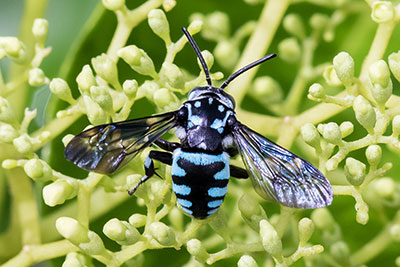
Also known as the Neon Cuckoo Bee, the Himalayan Cloak-and-Dagger Bee (Thyreus himalayensis) sneaks into Blue-banded Digger Bee nests, and replaces the eggs with its own young. This bee can often be found around Indian Snakeweed (Stachytarphetaindica), Golden Dewdrop (Durantaerecta) and Golden Bells (Tecomastans).
Distinctive characteristics
• Black body with light blue markings
• Dark wings
What Are Pollinators?
Pollinators are animals that move pollen from the male anther of a flower to the female stigma of a flower. This results in the fertilisation of the flower, which then leads to the development of fruits and seeds.
Birds, bees and butterflies are some examples of pollinators. Bees generally fall under two categories of pollinators:
Generalist pollinator
It visits a wide range of flowers and is not restricted to specific species or plant family. Generalists tend to favour flowers that are open, with easily accessible pollen and nectar.
Buzz pollinator
An insect that is able to buzz at a specific frequency to release pollen from buzz-pollinated plants such as Singapore Rhododendron (Melastoma malabathricum) and Eggplant (Solanum melongena). Buzz pollination can only be conducted by a few kinds of bees, such as the large carpenter bees (genus Xylocopa), pearly-banded bees (genus Nomia), and digger bees (genus Amegilla). Buzz-pollinated plants rely on these bees for pollination.
Learning More
Explore the educational bee-themed trail which covers three different bee habitats in HortPark, featuring elements and flowering plants that provide shelter and food for docile, native bees. Spot up to 20 different bee species that live in the gardens and learn about the many beneficial roles that native bees play. Find out more here.
Can’t tell the difference between bees and wasps? Learn more here.
How can you make your garden more welcoming to bees? Learn more here.
Photos by Zestin Soh


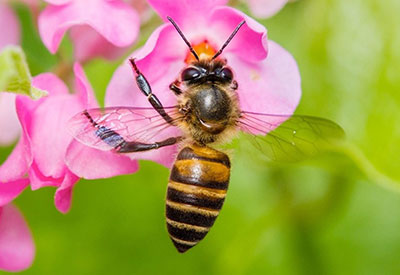
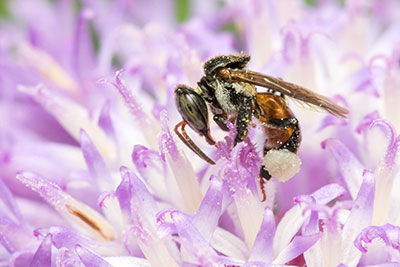


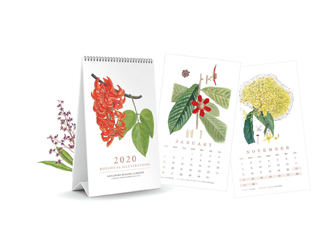
Have views or comments on this article? Let us know via this form. If you would like to give us feedback on any other areas relating to our parks and gardens, please submit via https://www.nparks.gov.sg/feedback